Last updated on November 27th, 2019 ~
It’s a common myth in our society that “vegetarians are malnourished”.
This is a total lie.
The truth is that eating plenty of fruits and vegetables is unbelievably beneficial to the ADHD brain and body.
In fact, if you can commit to eating fruits and vegetables every day for just a few weeks, you’ll probably notice big improvements in your mental clarity, emotional well-being, happiness, and even the complexion of your skin.
But, you have to make sure that you try these 25 best fruits and vegetables for ADHD to achieve some awesome results for your life.
Note: You do not have to “become a vegan” to take advantage of the immense benefits of eating fruits and vegetables. I personally love a good steak once in a while. So you can eat meat, fish, or anything else that you like in addition to fruits and vegetables.
Just make sure to get these fruits and vegetables into your diet (ideally by making fresh juices or smoothies)…
Contents
1. Pomegranates
Pomegranates are one of the most popular and healthiest fruits that people with ADHD can consume.
This is a totally unique fruit, because pomegranates are filled with juicy “arils” or “seed sacs” that you’ll need to remove, and then eat.
Yeah, you can only eat the arils of this fruit. But, it’s well worth the little bit of work that you’ll need to do in order to eat these juicy, nutrition-packed sacs.
One pomegranate provides you with the following nutritional benefits (1):
- Vitamin C (28.8 mg / 48% DV)
- Vitamin K (46.2 mcg / 58% DV)
- Folate (107 mcg / 27% DV)
- Copper (0.4 mg / 22% DV)
- Potassium (666 mg / 19% DV)
- Manganese (0.3 mg / 17% DV)
- Thiamin (0.2 mg / 13% DV)
- Pantothenic acid (1.1 mg / 11% DV)
- Omega-6 fatty acids (223 mg)
Pomegranates also contain a number of other vitamins, minerals, and fatty acids (in slightly smaller quantities).
And, when you eat pomegranates, you may experience some amazing health benefits such as the following:
- Get three times the antioxidant activity of a “red wine and green tea infusion” (2)
- Assist with heart-related problems, and improve blood circulation
- Fight chronic inflammation thanks to punicalagins, which are the antioxidants found in pomegranates (3)
- Inhibit neuroinflammation, which can lead to various mental health conditions (4)
- Help prevent diseases that are often advanced by chronic inflammation – such as Alzheimer’s disease, cancer, and many others
Eating or juicing pomegranates is one of the smartest things that people with ADHD can to do improve brain health, fight disease, and live an all-around healthier lifestyle.
2. Beets
Because many people with ADHD take stimulant-based ADHD medications (or have used these types of medications in the past), it can be extremely beneficial to eat beets on a regular basis.
This is because beets are amazing for your heart, blood flow, energy level, brain health, and “mental performance”.
There’s a reason why top-performing competitive athletes eat beets…
Beets are nature’s “performance enhancer”.
If you try drinking a beet juice smoothie roughly ~45 minutes before your next workout, you’ll know exactly what I’m talking about (you’ll feel the “pump”).
One beet provides you with the following nutritional benefits (5):
- Betaine (106 mg)
- Folate (89.4 mcg / 22% DV)
- Manganese (0.3 mg / 13% DV)
- Potassium (267 mg / 8% DV)
- Vitamin C (4 mg / 7% DV)
- Magnesium (18.9 mg / 5% DV)
- Protein (1.3 g / 3% DV)
But, perhaps the most fascinating thing about beets is the vegetable’s nitrate content.
Your body converts the nitrates found in beets into nitrite. Then, your body converts the nitrite into nitric oxide (6).
Once you finally have nitric oxide in your system, you’ll likely experience these powerful health benefits:
- Relax your blood vessels
- Improve your blood flow
- Enjoy significantly better exercise performance
- Enhance your cognitive function (think better) (7)
- Have stronger libido / sexual function
Many people with ADHD need to prioritize their cardiovascular health and workout regimen, in order to “balance out” some of the potentially negative effects of using stimulant-based ADHD medication.
But even if you don’t use ADHD medication, and you’re just an ordinary person with ADHD, your health still needs to be your #1 priority.
So it’s for this reason that beets are an amazing vegetable that everyone with ADHD should eat or drink regularly.
3. Garlic
Garlic is stinky, I know.
But…if you can eat just a little bit of raw garlic every day, you’ll most likely benefit in some truly amazing ways.
Six cloves of raw garlic (approximately 18 grams) provides you with these nutritional benefits (8):
- Manganese (0.4 mg / 16% DV)
- Vitamin B6 (0.2 mg / 12% DV)
- Vitamin C (5.6 mg / 10% DV)
- Selenium (2.6 mcg / 4% DV)
- Calcium (32.6 mg / 4% DV)
- Protein (1.2 g / 2% DV)
But, garlic’s standard nutritional profile is a little bit deceiving.
Because, you get so much more from garlic beyond just vitamins and minerals.
It’s actually the sulfur compounds found in garlic that provide you with health benefits across a number of your body’s systems (9).
For example, here are some of the most important health benefits that you can get from the sulfur compounds found in garlic:
- Improve your cellular detoxification system (detoxify your body)
- Have stronger joint and connective tissue (feel better physically)
- Fight chronic inflammation
- Potentially prevent certain types of cancer, mental health conditions, and cardiovascular diseases
- Potentially prevent some bodily infections, thanks to Garlic’s antibacterial, antiviral, and antifungal properties (10)
However, I have to emphasize eating raw garlic only, because raw garlic seems to provide the “safest” health benefits for people with ADHD.
Don’t worry. Peeling raw garlic is a breeze, and just takes a few seconds of your time. You can use a sharp knife to peel your garlic really easily.
After peeling a few cloves of garlic, I just toss them into my daily smoothies. I find this to be the easiest way to eat garlic almost every day.
But, you might choose to scarf down a spoonful of raw garlic, spread raw garlic over buttered toast, or sprinkle some chopped garlic over homemade pizza.
4. Wheatgrass
If you’ve seen people take quick “shots” of green, healthy-looking concoctions inside of juice bars, then you’re probably already familiar with wheatgrass.
But just in case you aren’t familiar with wheatgrass, it’s an immunity-boosting, disease-fighting “super plant” that’s often juiced into a shot glass, or blended directly into a smoothie.
Wheatgrass is one of the most beneficial plants that you can use for blood health, cancer prevention, liver detoxification, and a lot more.
One small 4 gram serving of wheatgrass provides you with the following vitamins and minerals (11):
- Riboflavin (260 mg / 15,294% DV)
- Manganese (140 mg / 7000% DV)
- Vitamin B6 (39 mg / 1950% DV)
- Vitamin E (320 mg / 1600% DV)
- Niacin (252 mg / 1260% DV)
- Thiamin (11mg / 733% DV)
- Zinc (62 mg / 413% DV)
- Pantothenic acid (36 mg / 360% DV)
- Copper (1.7 mg / 85% DV)
- Iron (8 mg / 44% DV)
- Vitamin K (35 mcg / 44% DV)
- Vitamin A (1500 IU / 30% DV)
As you can tell by wheatgrass’ nutritional profile, wheatgrass is easily one of the most nutritious plants that you can consume.
But, wheatgrass also contains chlorophyll, which is the pigment that gives wheatgrass its green color (12), and serves as a free-radical-fighting antioxidant.
When you drink wheatgrass, you’ll enjoy these major health benefits:
- Alkalize your body, and improve nutrient absorption
- Fight cancer and similar diseases which flourish in an acidic environment
- Potentially enjoy antileukemic effects promoted by the chlorophyll found in wheatgrass (13)
- Naturally increase your platelet count (and strengthen your blood) (14)
Drinking wheatgrass just a few times per week can provide you with a phenomenal “boost” to your overall health, wellness and lifestyle.
5. Spinach
Spinach is one of the most important leafy green vegetables that you can consume.
Whether you like to eat spinach salads, drink spinach smoothies, cook your spinach, or add spinach to sandwiches – this vegetable is packed with vitamins and nutrients.
Eating or drinking just one cup of raw spinach provides you with the following nutritional benefits (15):
- Vitamin K (145 mcg – 181% DV)
- Vitamin A (2813 IU – 56% DV)
- Folate (58.2 mcg – 15% DV)
- Vitamin C (8.4 mg – 14% DV)
- Manganese (0.3 mg – 13% DV)
- Magnesium (23.7 mg – 6% DV)
- Protein (0.9 g – 2% DV)
If you’re willing to eat just a few cups of spinach at least a few days per week, then you’ll give your ADHD brain and body a wonderful gift.
Here are some of the potential health benefits that spinach can provide you with:
- Maintain healthy brain function and mental clarity (16)
- Protect your brain from mental decline – thanks to spinach’s high lutein content
- Fight free radicals (mostly in your colon) thanks to the flavonoids found in spinach, which serve as antioxidants
- Improve your cardiovascular system
Best of all, spinach is one of the best-tasting leafy green vegetables that you can eat. It tastes a LOT better than kale.
If possible, just make sure to consume certified organic spinach from a reliable source.
You definitely don’t always need to eat organic food.
But in the case of non-organic spinach – it’s sometimes laced with a neurotoxic pesticide that can cause problems (17). Interestingly, even low levels of this pesticide have been linked to ADHD in children (18).
Point being, you need to go with organic spinach every single time, just to play it safe.
6. Aloe vera leaves
If you can get your hands on some fresh aloe vera leaves, then you’ll have access to one of the most useful superfoods for ADHD.
But, if you can’t easily access fresh aloe vera leaves (to make homemade aloe vera juice with) then that’s okay.
You can still pick up a bottle of aloe vera juice from Amazon, or from your local health food store.
Aloe vera is ultimately an amazing plant, because it has successfully been used in ancient Indian and Chinese medicine for thousands of years (17).
Aloe vera consistently helps people with fungal diseases, digestion, depression, and skin conditions (18).
However, people with ADHD will benefit the most from aloe vera’s ability to regulate digestive bacteria, promote a proper pH balance in the body, and fight yeast formation (19).
Remember that your gut health plays a major role in regulating your mood and emotions (20).
And this is why aloe vera can be extremely useful to many people with ADHD.
Here are the nutritional benefits that you’ll enjoy after consuming two fluid ounces of George’s Aloe Vera Juice (Amazon):
- Calcium (35 mg – 4% DV)
- Magnesium (4 mg – 1% DV)
- Filtered Certified Organic Whole Leaf Aloe Vera Juice (58 ml)
- Certified Organic Polysaccharide Rich Aloesorb (60 mg)
And most importantly, here are some of the big health benefits that you may experience after indulging in aloe vera (21):
- Support your immune health
- Balance your stomach acid naturally (and fight diseases caused by poor gut health)
- Boost your body’s absorption of vitamins and nutrients by 140% (try taking your vitamins with aloe vera juice instead of water)
- Inhibit bacteria that can bring about infections (22)
- Fight toxins
To maintain your overall health and well-being while living with ADHD, aloe vera is an awesome ingredient to keep on hand.
Note: There are a few safety precautions to keep in mind if you decide to use aloe vera interally. For example, it’s best to use aloe vera for shorter durations of time (like a few weeks) rather than longer durations (like months on end). It’s also a good idea to avoid taking aloe vera internally while pregnant or menstruating.
7. Blueberries
Blueberries are well-known to provide people with amazing cognitive benefits.
This is because blueberries are neuroprotective, help to slow down the aging process, and fight against disease.
Blueberries are also delicious, and super convenient to eat any time of the day.
You can add blueberries to your oatmeal, smoothies, or just snack on them plain.
So, here are the nutritional benefits that you get from consuming one cup of blueberries (23)
- Vitamin K (28.6 mcg / 36% DV)
- Manganese (0.5 mg / 25% DV)
- Vitamin C (14.4 mg / 24% DV)
- Omega-6 fatty acids (130 mg)
- Omega-3 fatty acids (85.8 mg)
- Protein (1.1 g)
As for the health benefits of blueberries, they’re massively important for people with ADHD (24):
- Help protect your brain from oxidative stress, aging, and degeneration (largely because of the phenols found in blueberries)
- Combat toxins and free radicals (look and feel better)
- Fight cancer and other diseases
Out of all the healthy fruits and vegetables for ADHD listed in this article, blueberries provide some of the very best long-term cognitive benefits that you can possibly get.
8. Goji berries
Goji berries are an ancient superfood with some amazing medicinal properties.
They’ve been eaten for over 2,000 years, mostly in Asian regions.
And to this day, goji berries are still an excellent source of vitamins, minerals, and health benefits.
Here are the nutritional benefits that you get from eating just 1 ounce of goji berries (25):
- Vitamin A (2520 IU / 50% DV)
- Riboflavin (0.4 mg / 21% DV)
- Copper (0.6 mg / 28% DV)
- Selenium (17.8 mcg / 25% DV)
- Iron (2.5 mg / 14% DV)
- Protein (3.1 g)
But, it’s the medicinal properties of goji berries that really shine through (26):
- Boost your energy levels
- Fight depression naturally
- Improve your immune health
- Potentially prevent damage caused by free radicals
- Improve the appearance of your skin
- Detoxify your liver
Goji berries are ultimately one of the best dried fruits that you’ll want to keep on hand as an everyday carry item for ADHD. It’s super convenient to keep some goji berries with you while you’re going about town.
So, you can stash a small pack of Healthworks Raw Organic Goji Berries (Amazon) in your backpack, purse, or vehicle – and enjoy some excellent health benefits any time you like…
9. Apples
Apples are one of the most convenient and healthiest fruits that people with ADHD should snack on every day.
Because, just about everyone knows that apples are good for you…
But, did you know that apples contain roughly 20% of the dietary fiber that you need per day? This helps a ton with your digestive health and gut bacteria.
Apples can also potentially help prevent cancer, improve your heart health, help you lose weight, and more.
By eating just one large apple, you’ll enjoy these nutritional benefits (27):
- Dietary fiber (5.4 g / 21% DV)
- Vitamin C (10.3 mg / 17% DV)
- Potassium (239 mg / 7% DV)
- Vitamin K (4.9 mcg / 6% DV)
- Vitamin B6 (0.1 mg / 5% DV)
- Omega-6 fatty acids (95.9 mg)
- Omega-3 fatty acids (20.1 mg)
But, it’s the health benefits of apples that you’ll likely want to keep in mind (28):
- Fight the cognitive decline of normal aging
- Potentially combat cancer
- Potentially reduce the risk of Alzheimer’s disease
- Assist with weight management
Because apples are so convenient and easy-to-purchase just about anywhere in the world, eating just one apple a day shouldn’t be a problem for anyone with ADHD.
No excuses!
10. Kale
Kale is a power-packed leafy green vegetable that most competitive athletes with ADHD are well aware of.
There’s a good chance that celebrity athletes with ADHD like Michael Phelps and Simone Biles regularly consume kale, because of kale’s popularity in professional sports.
So if you hope to be at the top of your game both physically and mentally, then you’ll come to love the abundance of vitamins and nutrients that you get from eating just one cup of kale (29):
- Vitamin K (547 mcg / 684%)
- Vitamin A (10,302 IU / 206% DV)
- Vitamin C (80.4 mg / 134% DV)
- Manganese (0.5 mg / 26% DV)
- Copper (0.2 mg / 10% DV)
- Vitamin B6 (0.2 mg / 9% DV)
- Iron (1.1 mg / 6% DV)
- Protein (2.2 g)
- Omega-3 fatty acids (121 mg)
- Omega-6 fatty acids (92.4 mg)
As you can tell, kale is absolutely loaded with nutrition, and therefore provides you with these health benefits (30):
- Get more iron from kale than a comparable amount of beef (amazing for blood health)
- Potentially prevent certain types of cancer from forming (thanks to the abundance of vitamin K found in kale)
- Fight inflammation, and combat inflammation-induced diseases
- Improve your immune system (thanks to kale’s high vitamin C content)
The one gripe that I have about kale is that it tastes pretty funky.
But, if you can just blend your kale into a smoothie, and mix your kale with mangoes or blueberries, this will make kale taste a lot better.
Conclusion
Overall, people with ADHD need to prioritize eating fruits and vegetables, because eating these types of “live foods” will usually provide you with a way better quality of life.
If you blend just a few of these fruits and vegetables into a smoothie, you’ll probably feel like you have a “light buzz” for at least a few hours.
But most importantly, when you regularly consume these fruits and veggies, you’ll look better, feel better, and possibly even reduce some of your ADHD symptoms.
You’ll almost certainly feel more focused, energized, and motivated to live life on your terms.
And if you currently take ADHD medication, then eating plenty of fruits and vegetables can be a great way to “balance out” some of the negative side effects that you might experience while using stimulant-based medications.
Either way, no matter what, just make sure to eat healthy fruits and vegetables like your life depends on it.
Because without your health, you can’t do much to help yourself, your family, or anyone else for that matter.
Your health is always the #1 priority.
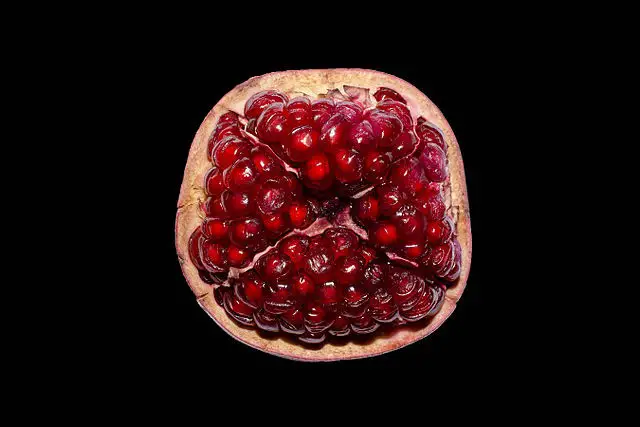
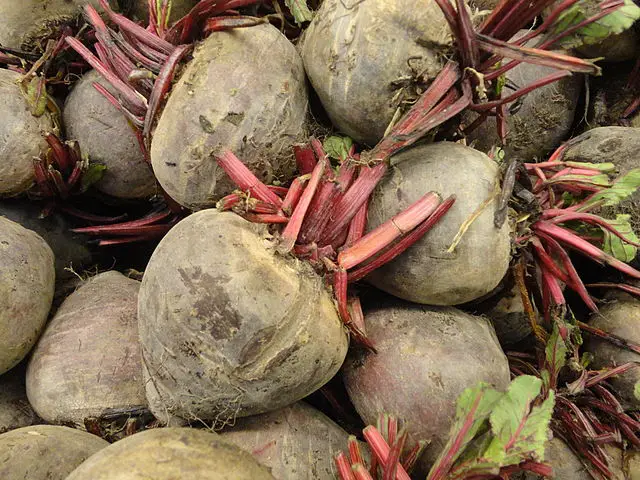
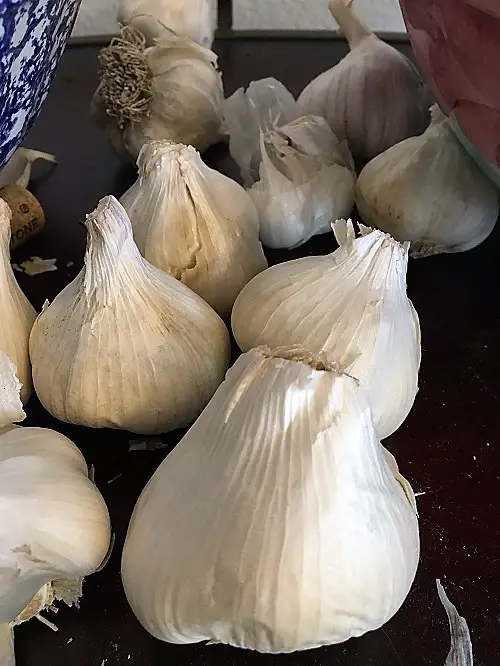
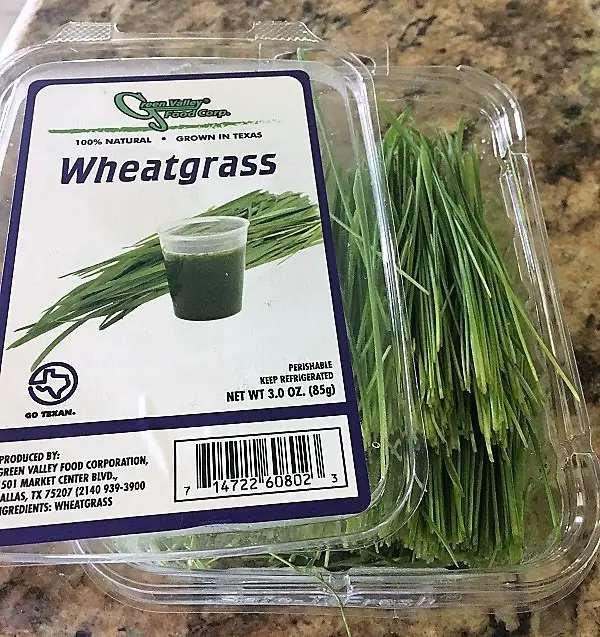
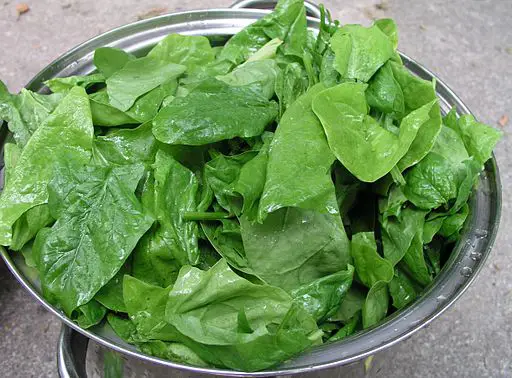
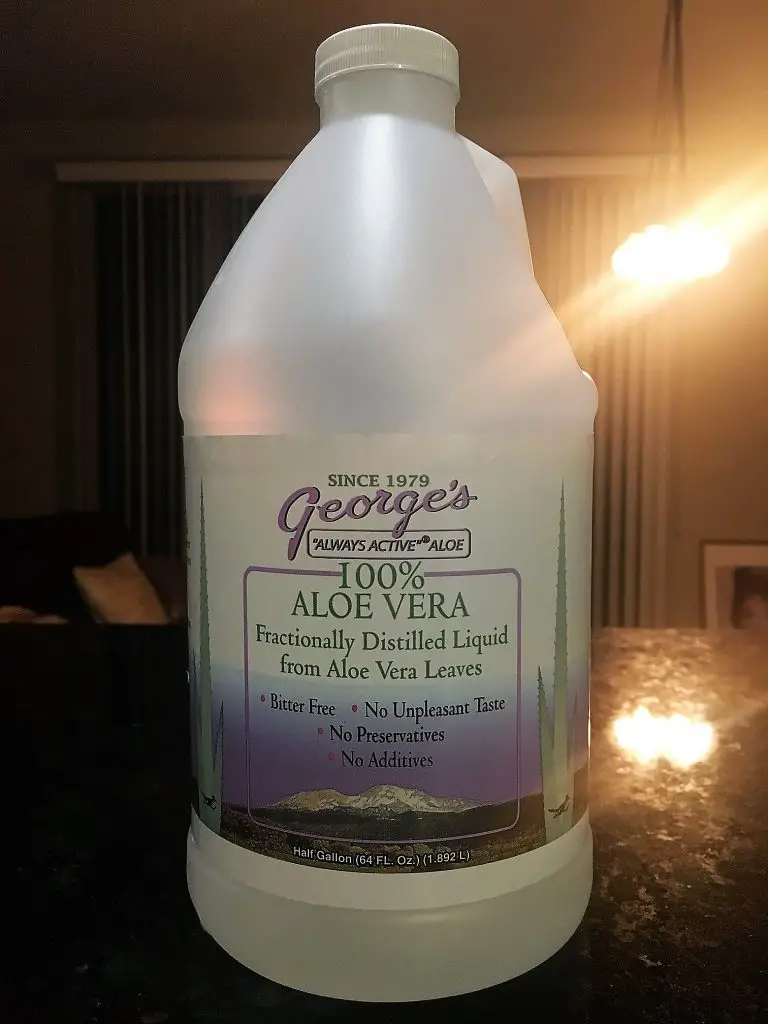
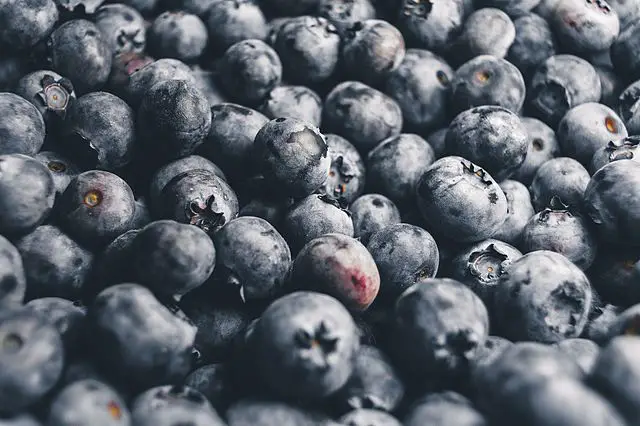
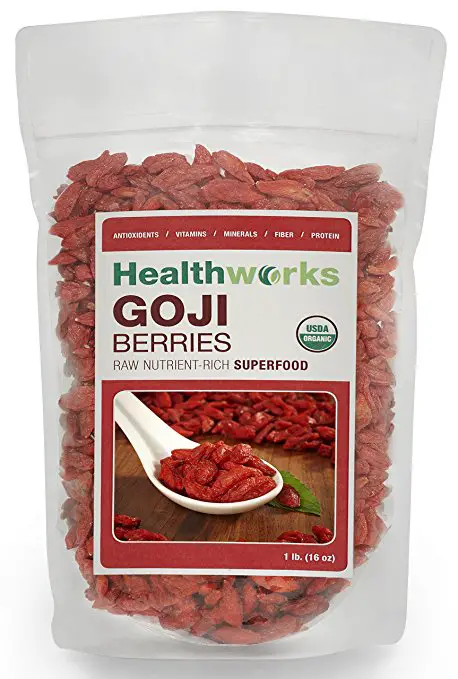
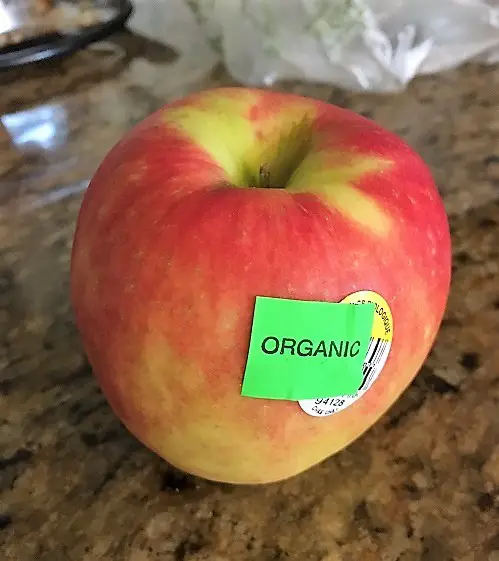
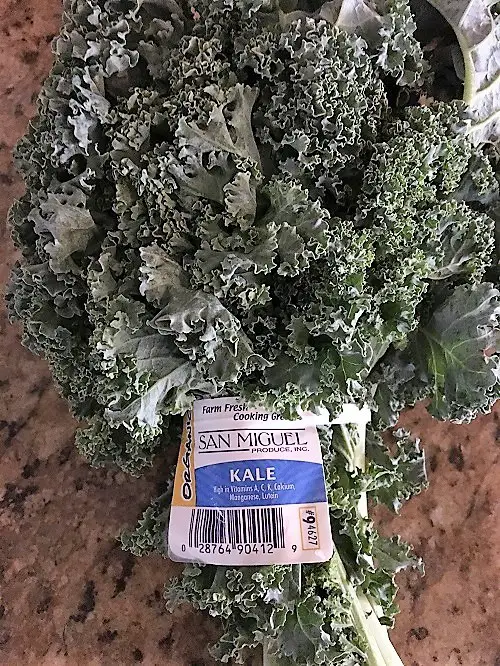

Leave a Reply